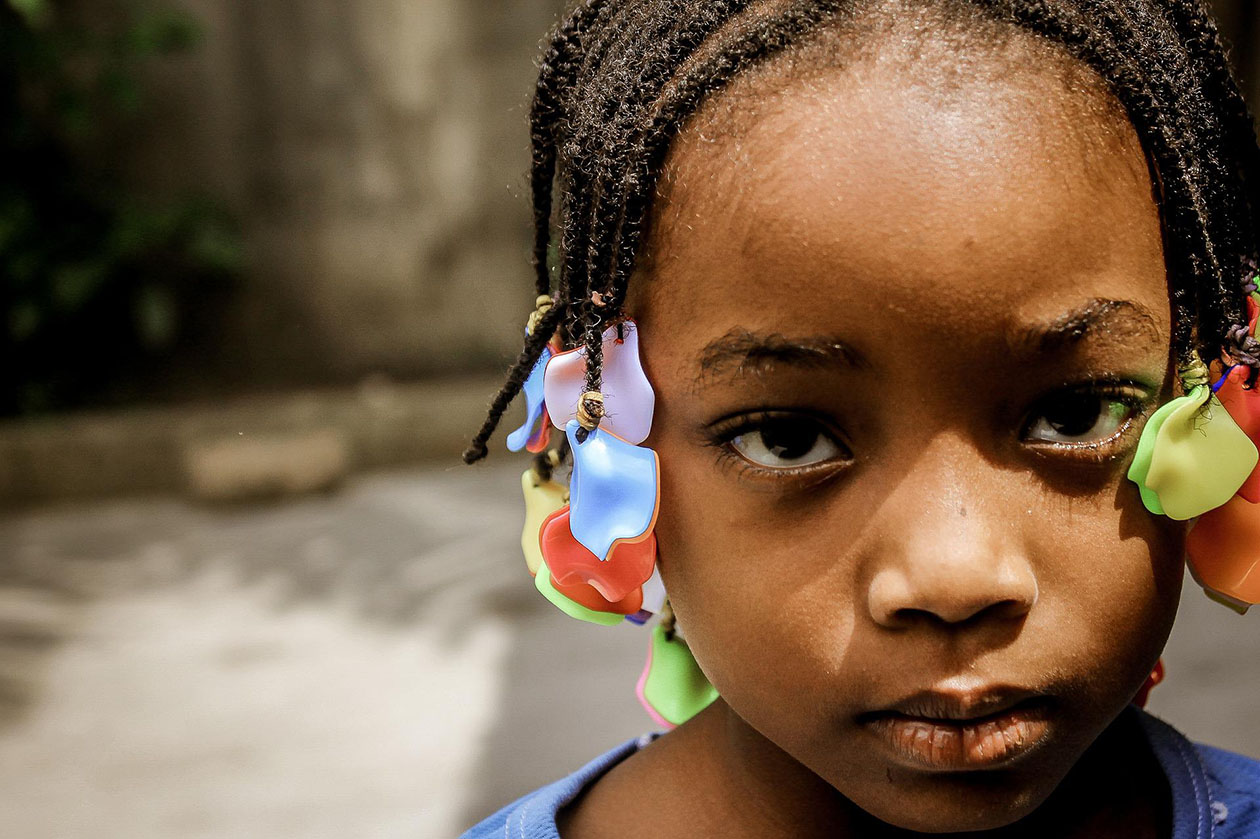
August 31, 2022
Exposure to firearm violence persists as an urgent public health problem because of its prevalence and impact. In the United States, firearms are now the leading cause of death among all children, ages 1-19 years old, and nonfatal firearm assaults occur at more than twice the rate for youth compared to the general population. Furthermore, recent work has highlighted that 92 percent of all firearm-related deaths of 5- to 14-year-old children in high-income countries occur in the US. Firearm violence affects children not only through direct exposure, such as being threatened, injured, or killed by a firearm, but also through indirect exposure by hearing or witnessing incidents or by losing a peer or family member to this form of violence. Tragically, the burden of firearm violence falls disproportionally on children of color, particularly young Black men between the ages of 15 and 24 in urban settings. Research further illustrates that Black children between the ages of 5 and 17 years were exposed to violence in their neighborhoods 4.44 times more frequently than white children prior to the COVID-19 pandemic, and that these stark disparities have become even more pronounced since. An analysis of homicides in Washington, DC, in 2021 found that 89 percent of children of color (compared to 57 percent of white children) lived within a half mile of a homicide. In this brief, we describe the impact of exposure to violence on youth, review factors that are protective, highlight prevention and interventions for this urgent issue, and provide implications for policy.
Read the full policy brief here.
View the “Keeping Schools Safe from Firearm Violence” series landing page.